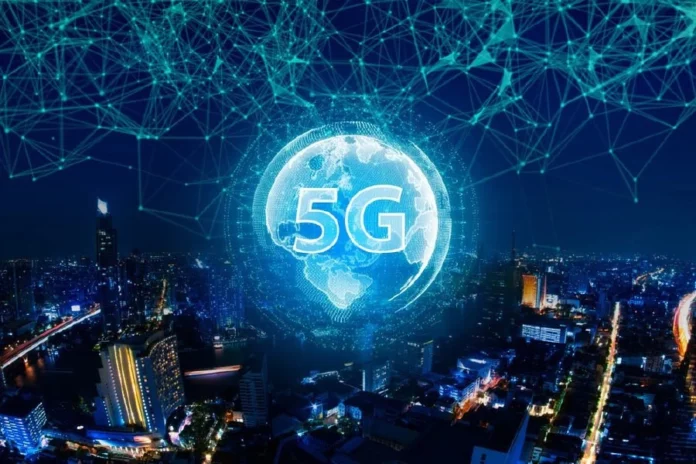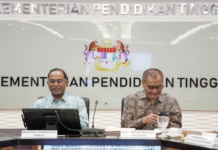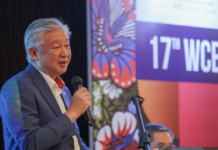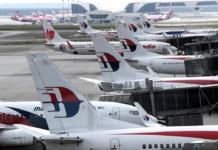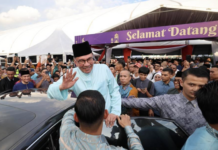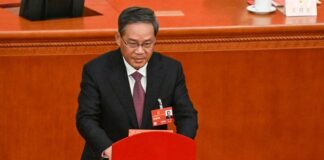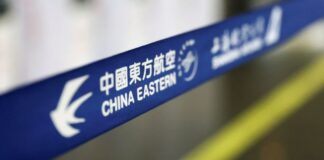MIRI, Feb 18 – It is high time to make ultrafast 5G connectivity a priority for Sarawakians not only in the cities and major towns but also in the remote rural areas, Sarawak Deputy Minister for Utility and Telecommunication Datuk Liwan Lagang said today.
He said this would make the ultrafast 5G speed ultimately relevant to end users to reduce the digital divide not only in Malaysia but also in the state.
According to him, ultrafast connectivity would enable students in the rural areas gain as much knowledge as they possibly could from good teachers and lecturers online as those students in the cities or major towns.
Speaking at a 5G technology showcase by Ericsson and Digital Nasional Berhad (DNB) at Curtin University here, he said ultrafast connectivity can negate vast distances between teacher and student to deliver high quality, real-time and interactive distance learning in a Metaverse classroom with Augmented Reality or Virtual Reality (AR/VR) hardware.
“It is my hope that the next generation education applications like the sort we witnessed at Curtin University is soon followed by other ground-breaking use cases in Sarawak. I am also intrigued by the prospect of applying the technologies in key Sarawakian industries,” he said.
Liwan said embracing 5G connectivity would contribute to Sarawak achieving the key economic and employment milestone espoused in the Post COVID-19 Development Strategy (PCDS) which is to elevate the state economy from RM136 billion in 2019 to RM282 billion in 2030.
During the showcase, he witnessed a demonstration of how a lesson was conducted by Universiti Teknologi Malaysia (UTM) senior lecturer Dr Syafiqah Saidin in Kuala Lumpur to a group of students at Curtin University here, where they all interacted using AR/VR headsets.
Head of Ericsson Malaysia, Sri Lanka and Bangladesh, David Hägerbro said the demonstration was a strong example of the world-class 5G network that Ericsson is delivering to DNB and the possibilities it opens in Malaysia.
He said Ericsson’s 5G expertise and technology enabled DNB to provide connectivity to schools, hospitals and businesses located in historically under-served areas, where it would not have been cost-effective to provide wired connectivity.
“We believe the technologies demonstrated here today will pave the way for bridging the digital divide, accelerate Malaysia’s digital economy aspirations, as well as equip it with the advantage to leapfrog ahead in the region,” he added.




